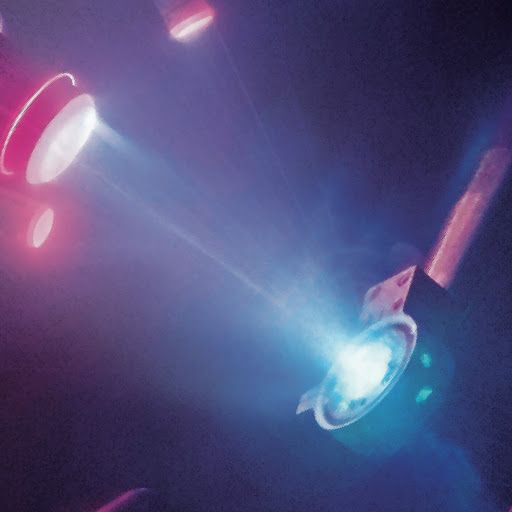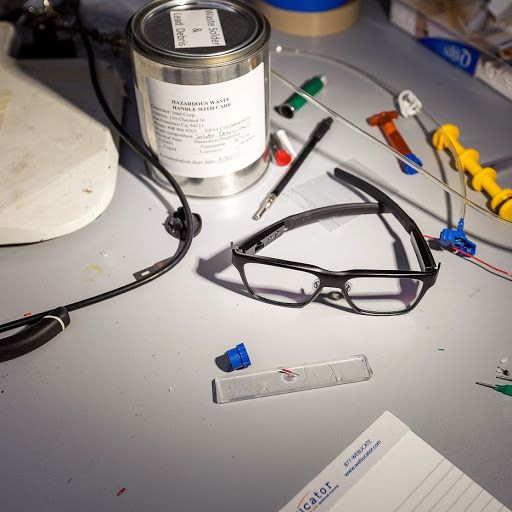The next research priorities include wearable mobility aid devices and technology that guides people to the toilet at what it predicts is the right time.
According to Japan’s robot strategy, the government hopes that four in five care recipients accept having some support provided by robots by 2020.
Japanese government wants to increase acceptance of technology that could help fill the gap in the nursing workforce.
Daniel Hurst in Tokyo.









